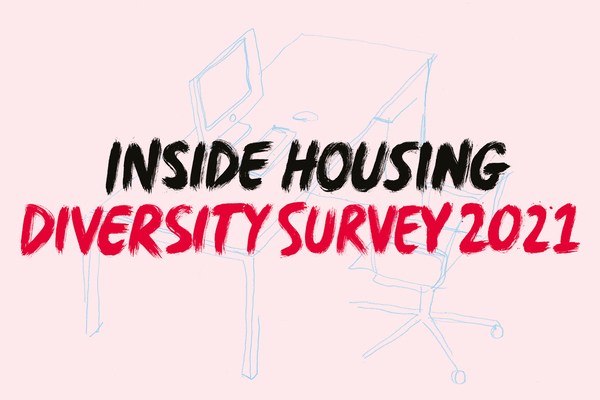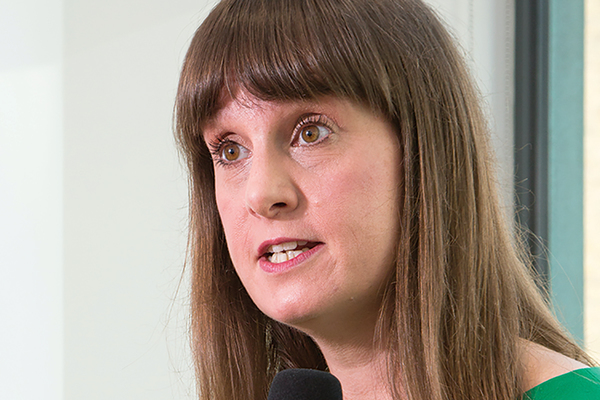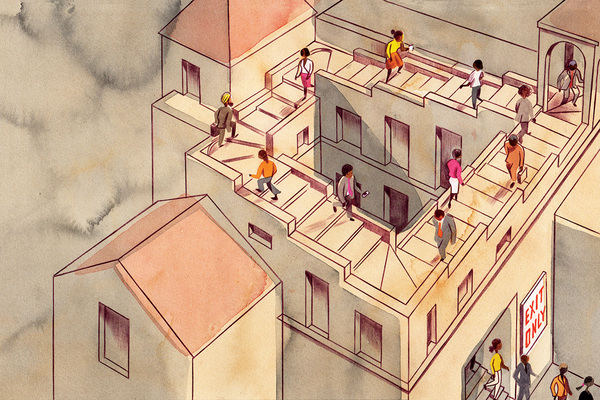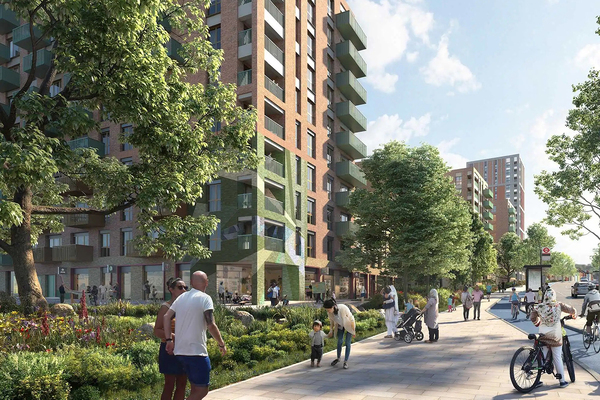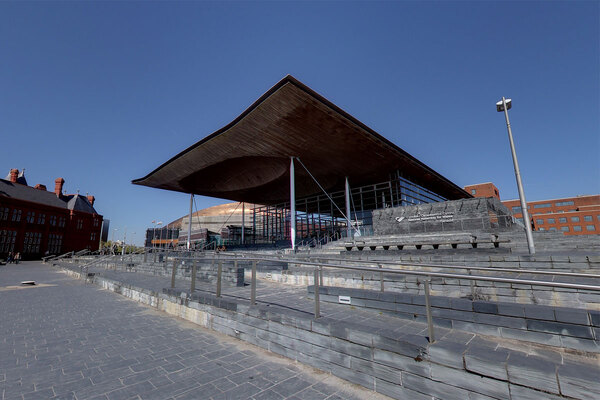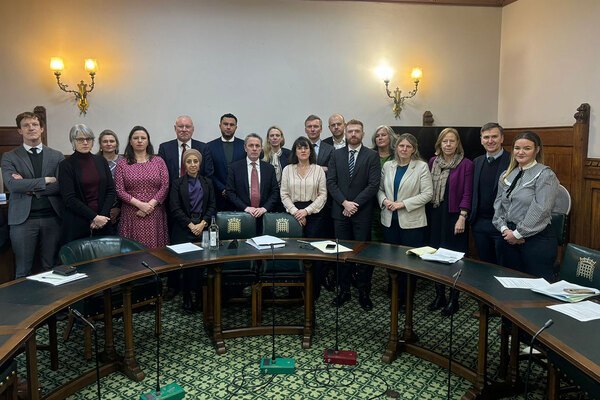Disabled people under-represented and under-reported in housing sector, NHF research finds
Disabled people are significantly under-represented at all levels of the housing workforce, research released today by the National Housing Federation (NHF) has found.
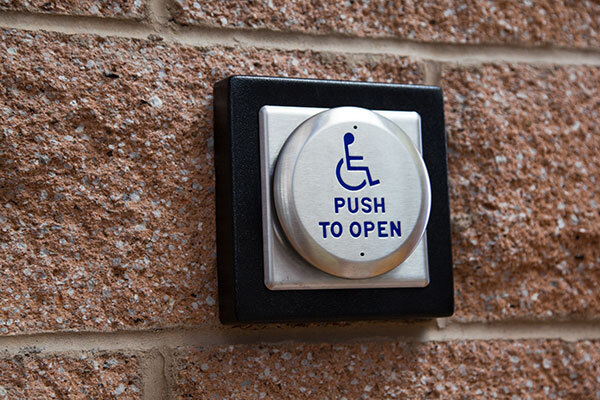
Data from 174 social landlords, submitted using a new equality, diversity and inclusion (EDI) tool developed by the industry body, showed the representation of disabled people across staff, executive and board members was just 8% for each category.
This compared with disabled people making up 24% of the population by housing stock location – a finding that Kate Henderson, chief executive at the NHF, described as “the most shocking” to come out of its analysis.
“This is a shortcoming we urgently need to address – especially given that a higher proportion of people in social housing [compared with other tenures] are disabled,” Ms Henderson said.
Read the full feature on the NHF’s diversity research here
The study also found that housing associations had no data around disability for 30% of the workforce, suggesting the true numbers of people with a disability (as defined by the Equality Act 2010) are likely to be under-reported.
Cym D’Souza, chief executive of Manchester’s Arawak Walton Housing Association, told Inside Housing that within her own organisation it was clear, by scrutinising factors such as the numbers of adjustments made for staff, that there were more disabled workers than had recorded themselves as such.
“There is a stigma involved in admitting you have a disability – some people will prefer not to say – and you need to keep asking the question,” Ms D’Souza said.
Her comments echoed points made in the NHF’s report around the evolving nature of disabilities and the need for employers to be regularly collecting and updating employee data.
The gaps in knowledge around disability were among a number of areas – including around gender identity and socio-economic background – where the NHF highlighted that the sector knows too little about the people working within it, and whether they represent the communities they serve.
The NHF recommended landlords should be asking questions about whether data gaps – especially where people had chosen not to disclose personal information – could indicate that workplaces were less inclusive than they could be.
For instance, 7% of staff asked about their religion by employers ticked ’prefer not to say’, with 6% doing so when asked about sexual orientation – with associations having no data on those characteristics for an additional 32% and 35% of staff respectively.
Elsewhere, the NHF’s research was the latest to emphasise ongoing racial inequality at the top levels of housing associations.
It found that landlords’ non-executive staff are just under 81% white – compared with 83% of the population. But among executive leaders the figure is 90%.
Earlier this year, separate research by Inside Housing found that 61% of housing associations who responded to us did not have a single Black or ethnic minority member within their top team. We have also investigated the ‘brain drain’ from the sector of talented BME employees who do not see themselves represented at the most senior levels.
Olu Olanrewaju, chair of Leadership 2025, a charity working to make the housing sector more diverse, said the findings were “not much of a surprise”.
“It confirms past findings as it relates to a lack of ethnic diversity at executive level, and confirms representation at lower levels of the organisation where staff have limited powers to influence the inclusion culture of their organisations,” he said.
Meanwhile, Ulfat Hussain, assistant chief executive at Manningham Housing Association in Bradford, said the sector needed to ask itself: “Are we institutionally racist?”
He said that until housing grappled with this “fundamental” question, it may have limited success dealing with the nuts and bolts of enacting change.
Mr Hussain did, though, back the NHF’s recommendation that organisations should examine how diverse they were ethnically in the tiers of management below senior leadership, “to ensure that our leadership, and pipeline of future leaders, are accessing all available talent”.
The NHF report made comparable points in relation to the proportion of women in top-level housing jobs – which Inside Housing’s recent survey found was failing to progress.
“Our workforce is actually over-represented by women, but under-represented at executive and board level,” Ms Henderson said, urging housing associations to engage with their workforces, boards and external experts to scrutinise and understand behaviours and attitudes.
“We want our members to continue using the EDI data tool to review representation consistently, and set targets based on the communities they serve,” Ms Henderson said, adding that she was proud so many associations had voluntarily shared their data.
“I hope this work inspires our sector to act on the findings, and for other sectors to do the same, moving beyond rhetoric and toward action,” she said. “By holding ourselves so publicly and transparently accountable, we can ensure that the changes that need to happen, will.”
Sign up for our daily newsletter
Already have an account? Click here to manage your newsletters
